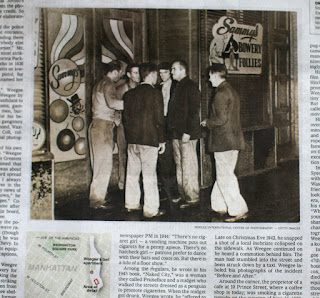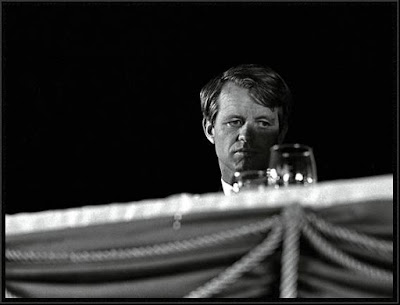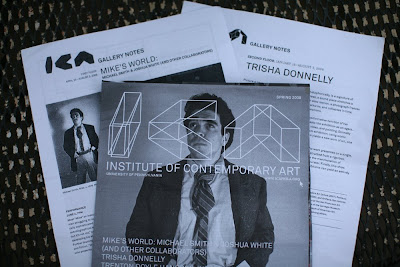
Could someone please tell me exactly when Rolling Stone Magazine turned into yet another version of People Magazine?
I must be getting some sort of trial subscription in the mail....I've received two issues now. I haven't read Rolling Stone in years. It sucks! Seriously. I remember when RS was considered cool and hip and semi-intellectual. Now it's got Lindsay Lohan gossip and an article questioning the real inventors of Facebook (isn't that story like, 5 years old?) Is it simply that I am getting older and the RS readers are getting younger? Is there any significant difference between the 2008 cover above and the 1972 cover below? I think there is.

The biggest disappointment is the photography, or lack thereof. Not a decent photograph in the two most recent issues. Nothing that a young music fan would tear out and tape up on the wall. Maybe RS was never that type of magazine. I thought it was.
I know CREEM was. And so was Circus. Those were rock photography magazines. In the 70's we didn't buy them for the articles. We bought them hoping for great images of Led Zeppelin, Yes, Mott The Hoople, etc etc. On stage stuff, backstage stuff. We would cut that magazine apart and tape the best stuff on the walls. I can still remember a photo of a bleary-eyed Jimmy Page carrying a bottle Heineken that just seemed to represent the iconic rock star to me. I had that photo on my bulletin board for years. CREEM and Circus inspired the hell out of me in those days....not as a musician, but as a photographer.
CREEM Magazine
Circus Magazine

































